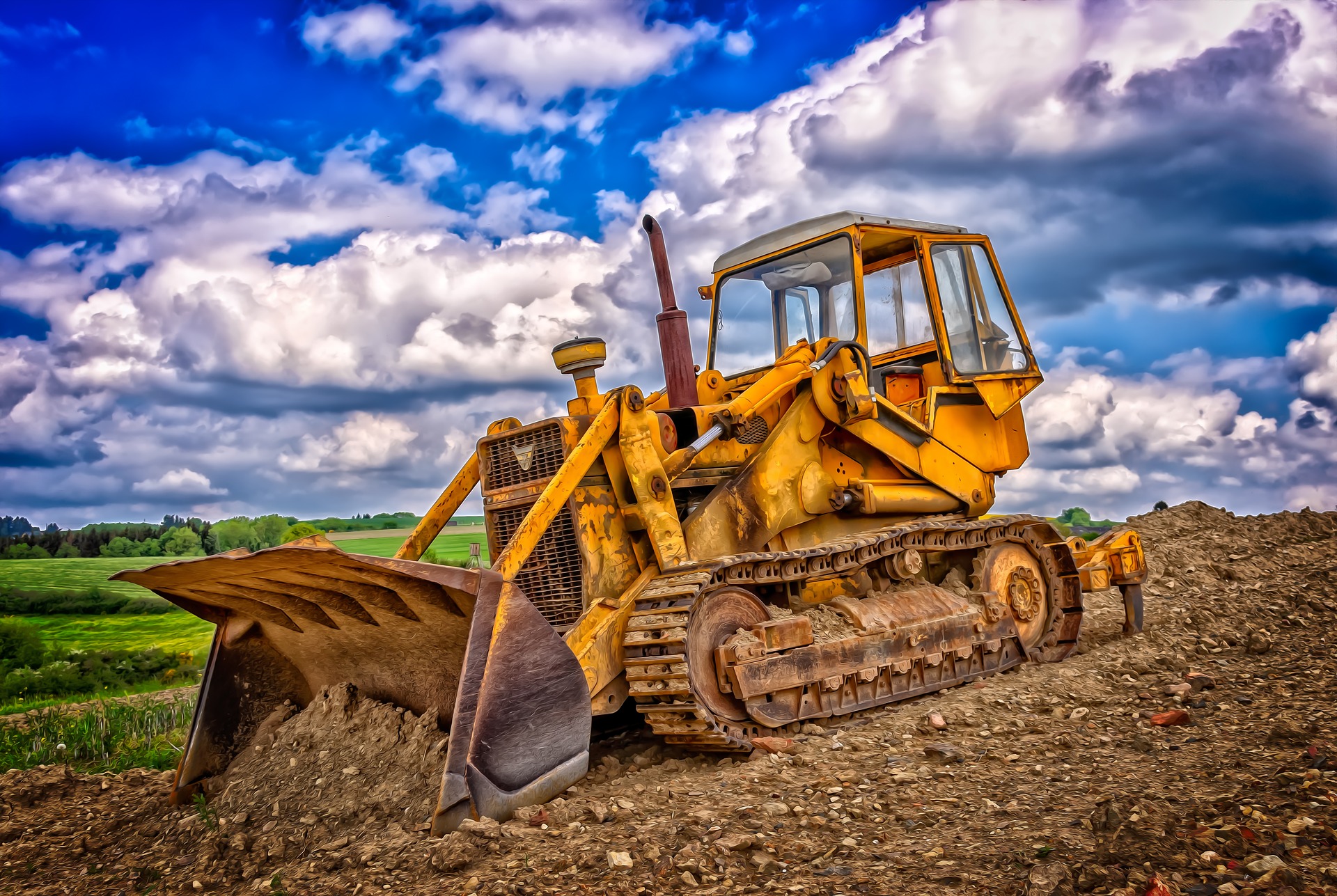 The Australian construction industry will grow at 2.5 % over the next five years, and at present, it generates more than 360 billion AUD annually. It is an attractive sector to be in. If you are considering entering the Australian construction sector, you may like to hire or buy these types of equipment.
The Australian construction industry will grow at 2.5 % over the next five years, and at present, it generates more than 360 billion AUD annually. It is an attractive sector to be in. If you are considering entering the Australian construction sector, you may like to hire or buy these types of equipment.
Table of Contents
1. Excavators
These machines are used for excavation or digging. Apart from digging, excavators are also used to lift and transport heavy materials like rocks, soil, etc. No wonder, excavators are used in many other industries besides construction, forestry, irrigation, and railroad, to name a few such industries.
An excavator comprises two major parts- a long beam with a bucket, and a control cabin. This long beam can be controlled by an operator sitting in his cabin. A deep bucket with sharp teeth is attached to this long beam at its other end. These teeth do the actual digging and excavation. Excavators can move on wheels or tracks but if you are transporting them over long distances, use trucks for this purpose.
2. Backhoe
Backhoes look like excavators, but there is one significant difference. In the former, the hoe is attached in the rear of the machine. The lifting bucket is provided in the front. Backhoes are used to dig surfaces that are below the machine level.
3. Cranes
These machines are used by almost every construction company in Australia and New Zealand. Cranes are used to lift heavy materials and equipment. You will invariably find cranes working in construction sites lifting stuff to eve more than 200 meters.
Fixed cranes are used to lift and deposit concrete blocks on building construction sites. These machines have two parts- jib and counter jib. The load is carried by the former, while the latter balances the jib. An operator controls the crane sitting in his cabin.
Some cranes are used to load and unload merchandise on and from ships. These cranes are positioned in the waters near the harbour. All-terrain cranes can move on rugged surfaces as well as roads. Some cranes can work only in rugged locations. Cranes can move short distances on their tracks, but these machines need to be loaded on trucks for long-distance transportation. You can get some expert tips on cranes by talking to companies like West-Trans Equipment.
4. Dumpers
It would help if you had dumpers to transport construction material over long and medium distances. Dumpers carry asphalt, sand, and other loose material from their source to construction sites. This material is loaded on the rear of the loader or the dumper. At the actual site, the carriage is tilted toward the ground by the driver so that all the material falls and accumulates in a heap. If your client is into making roads, railroads, etc., you would need dumpers.
5. Pavers
It would help if you had pavers to lay down asphalt on roads and pave them. A paving machine moves on treads and lays down asphalt on semi-finished roads. Pavers are extremely specialised machines and are used mainly in road-laying activities.
6. Rollers
Compactors or rollers are used to flatten surfaces. These machines are invariably used to flatten freshly laid asphalt on the road. A compactor has two pneumatic tires fitted in the rear and a large metal drum in the front. The operator sits in a cabin and controls the compactor with gears, etc. Compactors can move backward and forward but need to be put up on a truck for long-distance transport.
7. Trenchers
These machines are used to dig trenches for laying down cables, drains, and pipes. Trenchers can move on wheels as well as on tracks.